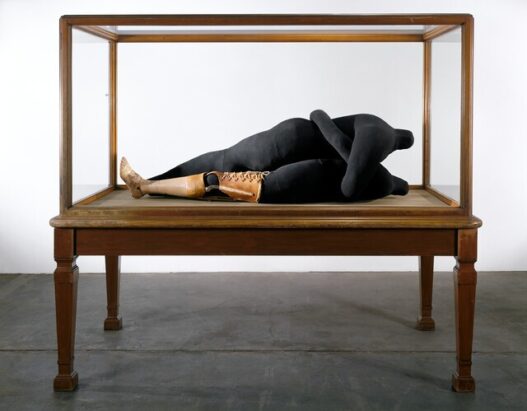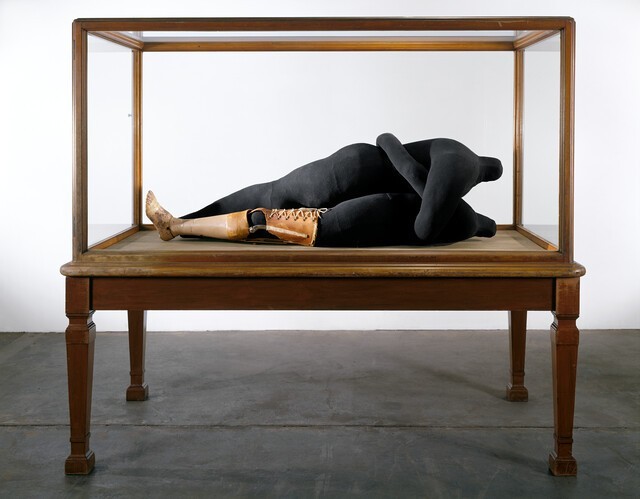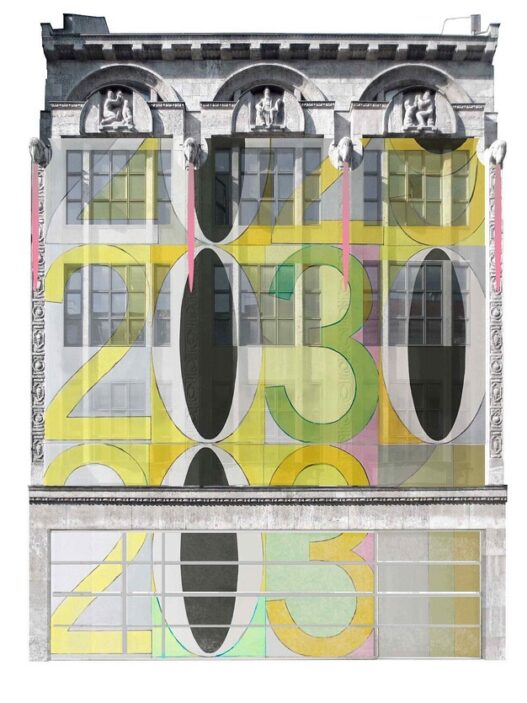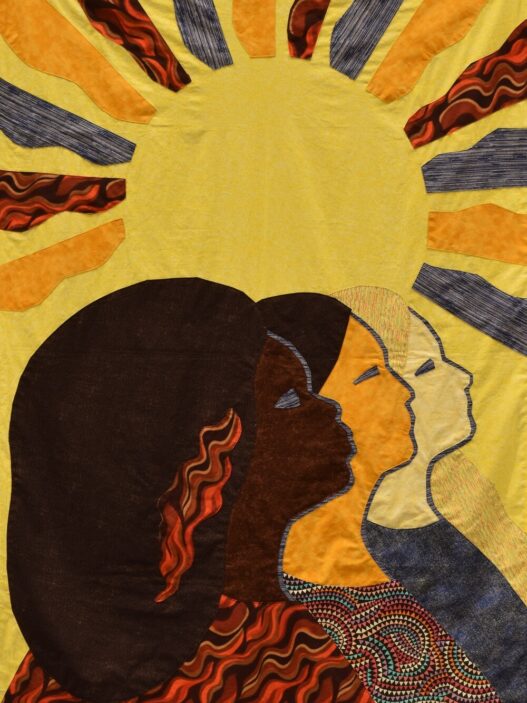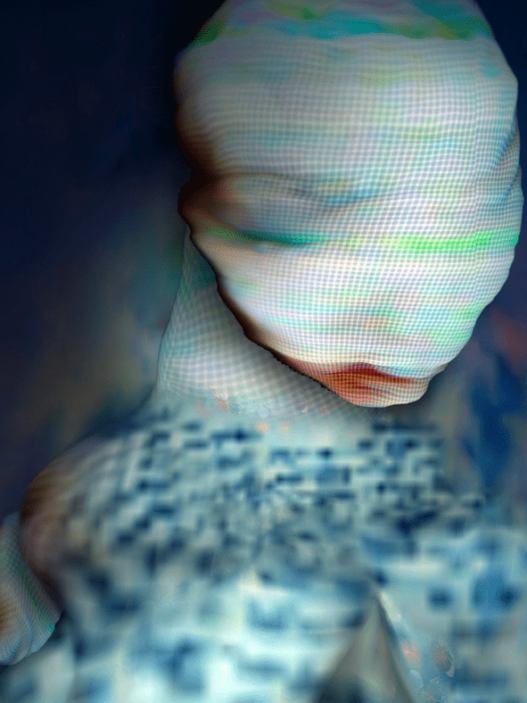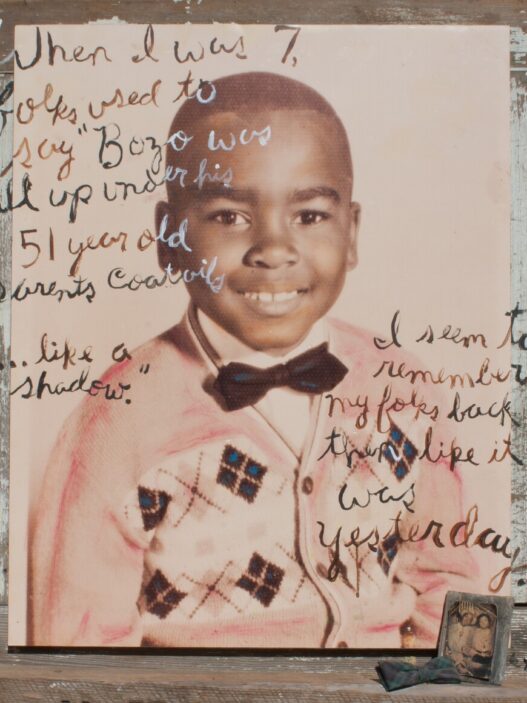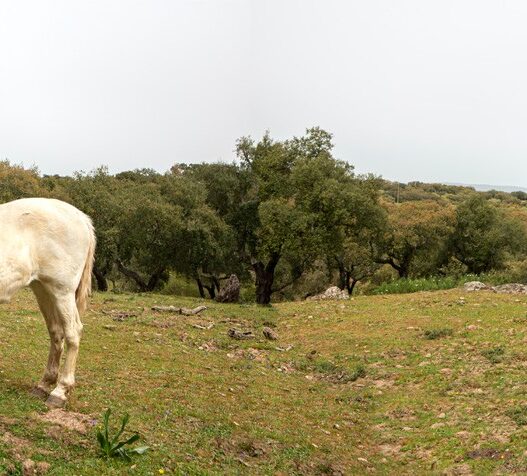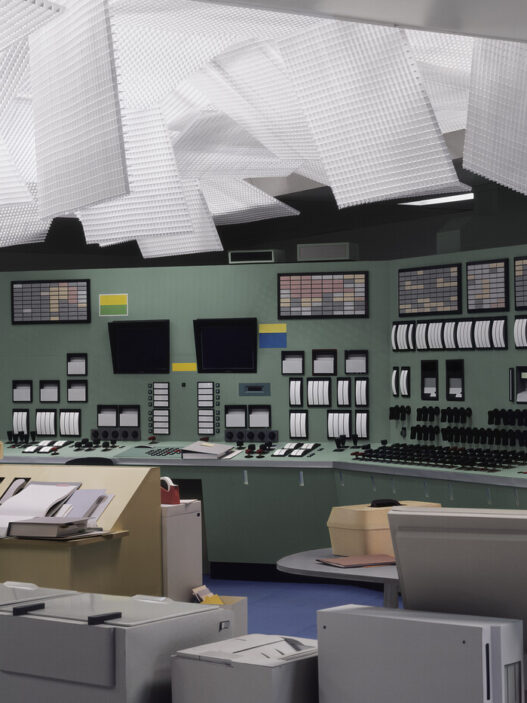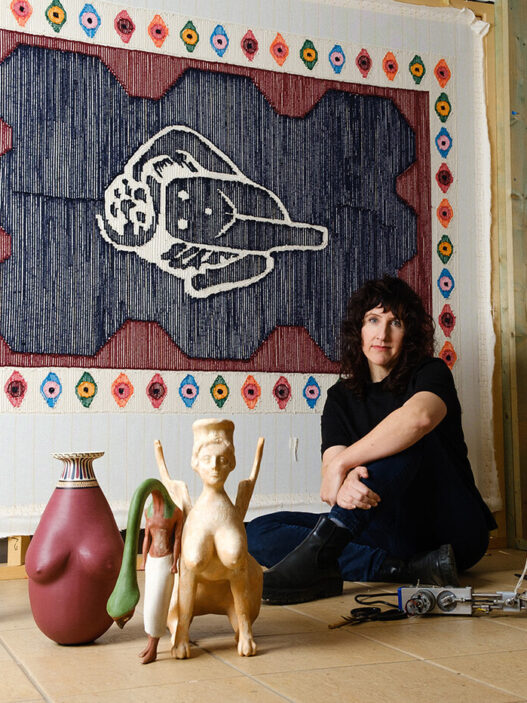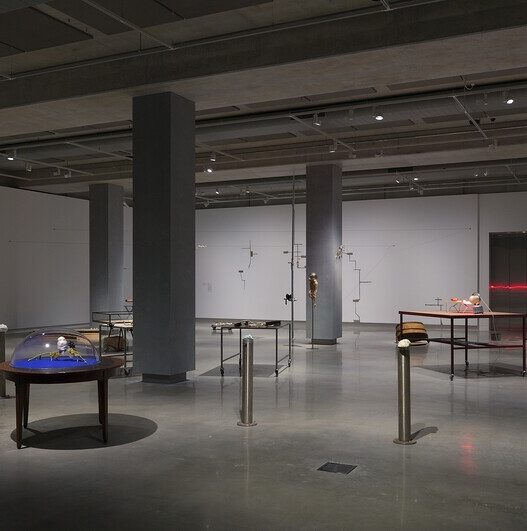July 22–October 23, 2022
The Woven Child, the first significant retrospective of Louise Bourgeois to exclusively highlight the works she created with fabrics and textiles during the final phase of her illustrious career, will be on display at the Gropius Bau from July 22 through October 23, 2022. With a significant number of pieces that have never been exhibited in Germany, this is the artist’s largest exhibition to date in Berlin.
“I came from a family of repairers. The spider is a repairer. If you bash into the web of a spider, she doesn’t get mad. She weaves and repairs it.” —Louise Bourgeois
Since the mid-1990s up until her passing in 2010, Louise Bourgeois used domestic textiles, such as garments, linens, and tapestries, frequently derived from her own home and personal history, to produce an astoundingly imaginative range of sculptures that were psychologically charged. The artist went back to his or her roots with this deviation from conventional sculptural materials. When Bourgeois was a little girl, she volunteered in her family’s atelier for restoring tapestries, which was the beginning of her relationship with fabric. Thus, her choice to turn her garments and household fabrics into works of art was an attempt to both modify and preserve the past.
“For Louise Bourgeois, textiles were a way of enacting processes of mending and repair—psychologically, socially and materially. As well as our attention to the practice of crafts, such as stitching and weaving, repair is a core thematic bedrock of our programming. The Gropius Bau is excited to show The Woven Child, which elicits the ways in which questions of repair—so central to the Gropius Bau’s history, architecture and exhibitions—can be generative creatively.” —Stephanie Rosenthal, Director of the Gropius Bau
The Woven Child will examine all 89 of the textile artworks that Bourgeois created during the course of her final 20 years. Major installations can be found throughout the exhibition, most notably several of Bourgeois’s Poles and Cells, in which hanging arrangements of vintage gowns, slips, and other clothing alludes to her own past. Antique tapestry fragments are used in the towering artwork Spider (1997) and the associated piece Lady in Waiting (2003). Bourgeois linked the spider with her mother, a weaver and tapestry restorer, and saw it as both a defender and a predator.
A wide variety of figurative sculptures, many of which are missing limbs and heads or have bizarre bodies reminiscent of figures from frightening fairy tales, will be on display at the exhibition. The exhibition will feature a sizable selection of the artist’s fabric heads, showcasing the extensive range of expressions she created. A few of Bourgeois’ “progressions” are also on display; these are columns of stacked textile blocks or lozenges that are arranged in ascending and descending order. With these pieces, Bourgeois made a comeback to the vertical forms that characterized her early work in the 1940s and 1950s, but this time they were depicted in softer materials.
“Over the course of her seven-decade-long career, Bourgeois continuously wove elements of her own biography—and her physical and psychological experiences—into her artworks. These threads are perhaps nowhere more apparent than in the late fabric works, which draw on and explore her relationship with her mother, her experience of vulnerability, of ageing, and her attitude to and intimacy with a wide range of materials, processes, tools and techniques. The result is a subtle and complex web that continues to surprise us to this day.” —Julienne Lorz, Co-curator of The Woven Child
The Woven Child is curated by Ralph Rugoff, Director of the Hayward Gallery and Julienne Lorz, former Chief Curator of the Gropius Bau. The exhibition is organised by the Hayward Gallery, London, in association with the Gropius Bau, Berlin. It is accompanied by an extensive catalogue with scholarly essays edited by Ralph Rugoff, published by Hayward Gallery Publishing and Hatje Cantz, as well as a public programme.









